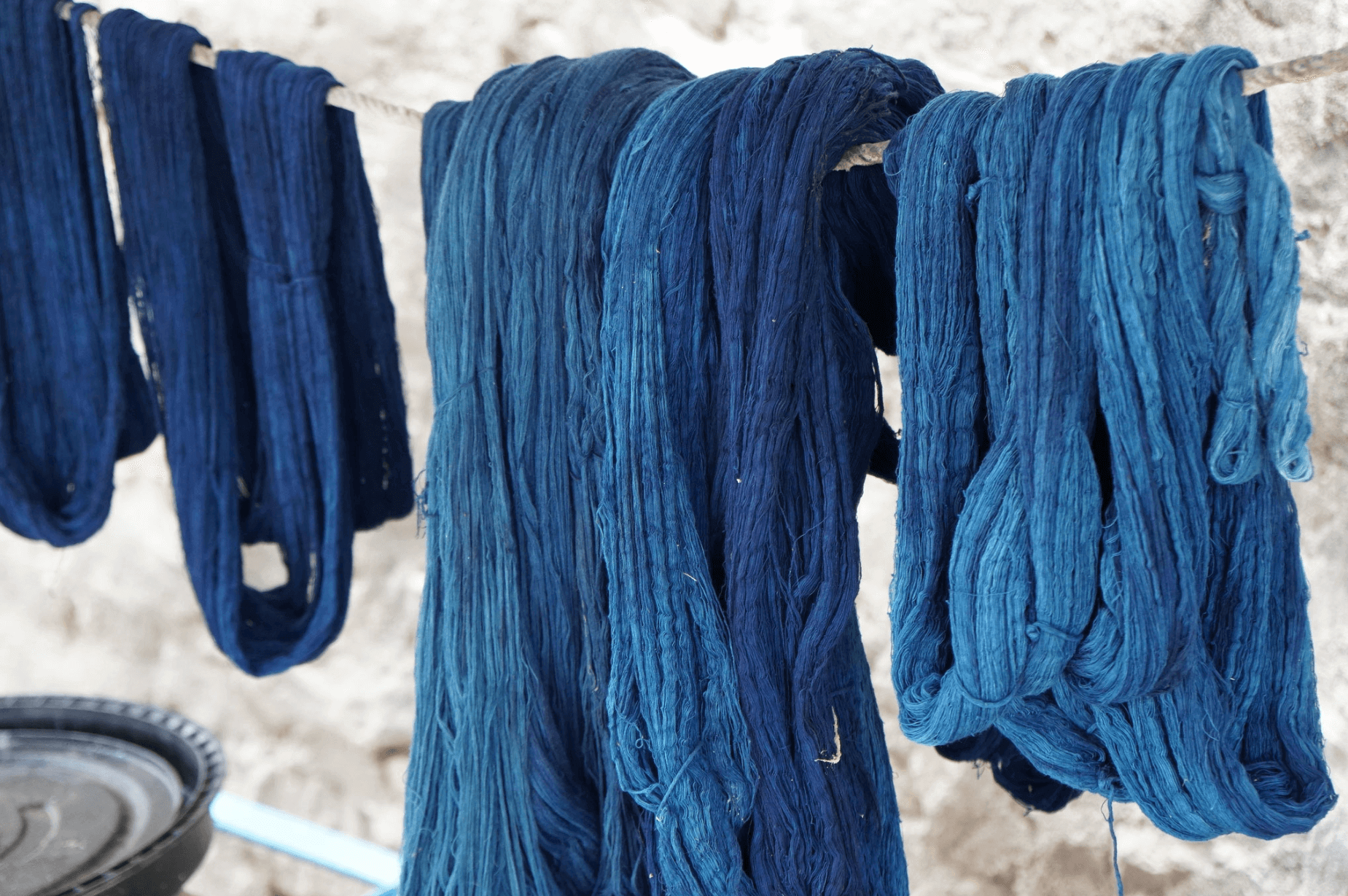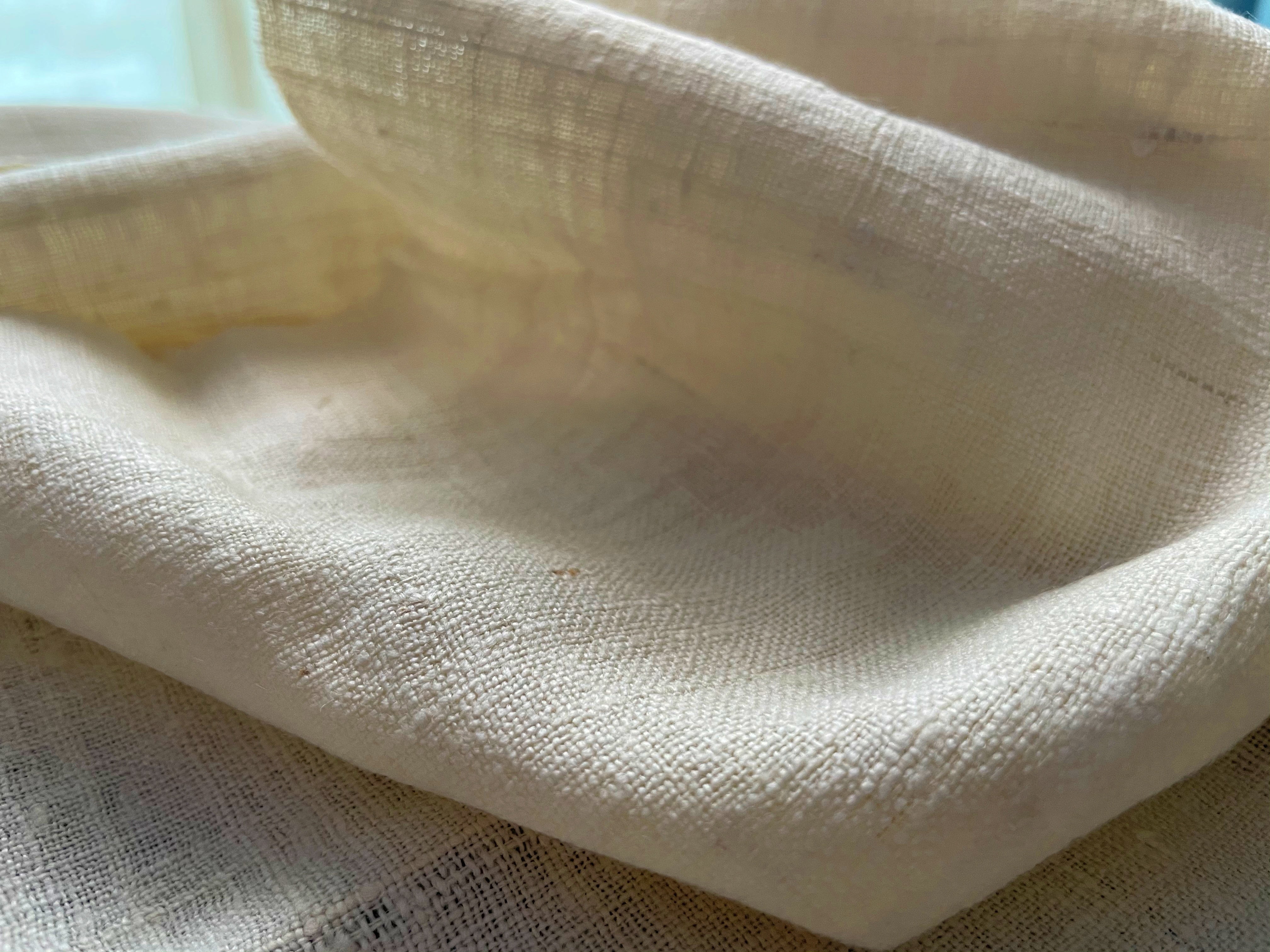Just MUGA. Not Munga. Not Moonga.

Nothing annoys me more than seeing some rubbish being peddled as Muga silk online. Any random coloured silk with some texture is termed as Muga. One of our clients, who is an ardent Muga silk fan, had once mentioned how some imposters in Mumbai are selling Muga yardage coloured in yellows and reds and pinks for some 9000 INR/meter. Some even call it Moonga. Others write it as Munga. Nothing can be further from the truth.
Muga, which is only found in the Brahmaputra Valley, is Assamese for 'amber'. It is often referred to as the golden silk.

This silk has been produced in the region from as far back as 321 BC, and is an inextricable part of the life and culture of Assam. Due to the long history of sericulture in Assam, Muga silk occupies a special place in the lives of the indigenous people, inextricably linked to their history and cultural life.
The manufacture of muga silk has been confined to Assam alone. Kautilya mentions about the various species of insect found in Northern Myanmar to South of Tripura and from Eastern India to Kumaon Hills (both domesticated & wild), which produce different varieties of silk. But, the variety of worm found in Assam can only produce the golden coloured yarn, from which the pure Muga fabric is produced.
Owing to the popularity that Muga has garnered of late, there has been an increase in demand. That is why these imposters have entered the scene to produce cheaper fakes passing off as original Muga. Some others fake tussar silk as Muga. Apparently, low quality Chinese tussar is dumped in Assam, with traders from outside the state tying up with local producers. Adulteration of Muga with tussar yarn dyed in the colour of Muga are being sold as authentic Muga in showrooms of Assam.
There has been so many reports of cheaper duplicate material procured by traders from Varanasi (Uttar Pradesh) and Surat (Gujarat). People unable to differentiate invariably take the cheaper fakes home. This has forced the weavers to cut down the price of their original products to a point of unviability.

The crisis in the industry led to outbreaks of riots in Sualkuchi in March 2013. The weavers destroyed silk products brought from Varanasi, giving vent to their anger against manipulation of prices of raw material. Unless the government formulates a textile policy, this silk war will continue to simmer.

The crisis in the industry led to outbreaks of riots in Sualkuchi in March 2013. The weavers destroyed silk products brought from Varanasi, giving vent to their anger against manipulation of prices of raw material. Unless the government formulates a textile policy, this silk war will continue to simmer.




